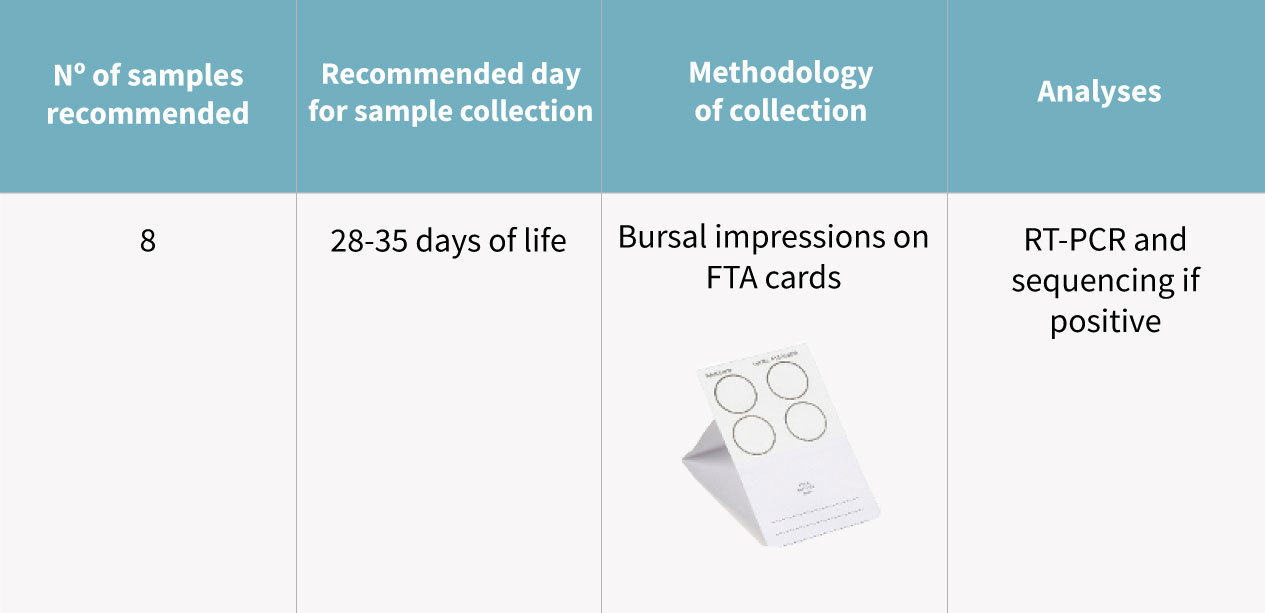Competitive exclusion in the bursa of Fabricius: The hidden protection against IBD
8 September 2021
Protection against IBD (Infectious Bursal Disease or Gumboro disease) by vaccines is normally evaluated through their capacity to create a good humoral response against the virus (IBDV). However, the protection provided in the case of live vaccines involves a step prior to the creation of specific antibodies against IBDV: The competitive exclusion effect in the bursa of Fabricius. This is not just the first barrier of protection that the live vaccine creates against IBDV, but also, probably, the most powerful one.

The competitive exclusion principle by Gause (1934) asserts that two species cannot exploit the environment in exactly the same way and coexist – one of the species will be excluded.
This principle is what we observe in the case of Gumboro disease in the competition for the bursa of Fabricius niche between two field IBDV, but also between a vaccine virus and a field virus.
In both cases, the virus that arrives first and replicates better in the bursa will block the multiplication of the other.
Basically, because the replication of the vaccine virus in the bursa of Fabricius will prevent not only the multiplication of the field virus (and the consequent viraemia) but it will also avoid shedding and possible mutations.
Moreover, the competitive exclusion protection does not depend on nucleotide similarities between the vaccine virus and the field strain since it is just a matter of physical occupation of the replication niche.
In fact, this viral competition is so powerful that it also explains why, in countries like United States, the endemic viruses are variant types instead of the vvIBDVs detected all over the world (Jackwood, 2011).
The colonization of the bursa of Fabricius by the vaccine strain represents the start of protection of the bird by competitive exclusion and is established in each bird as soon as the first signs of replication of the virus in the bursa of Fabricius are observed.
For an optimal evaluation of the efficacy of vaccination with live vaccines, monitoring of the colonization of the bursa of Fabricius by the vaccine strain over time is recommended.
Molecular diagnosis (PCR + sequencing) is the tool that is normally selected for detection of the vaccine virus in the bursa.

References:
Don't miss any updates
Controller: LABORATORIOS HIPRA, S.A.
Purposes: Managing the contractual and/or business relationship with HIPRA, including sending news, promotions and invitations to events sponsored by HIPRA.
Lawful basis: Performance of the contractual relationship and HIPRA’s legitimate Interest.
Recipients: Third parties to which HIPRA has entrusted cloud computing, security, auditing, mailing, technical and computer support services, as well as companies in its group.
Rights: Request access to and rectification or erasure of personal data and other rights as explained in the additional information. You can seeview the detailed additional information about data protection in our Privacy Policy.
For further information, please check our detailed information on Data Protection.